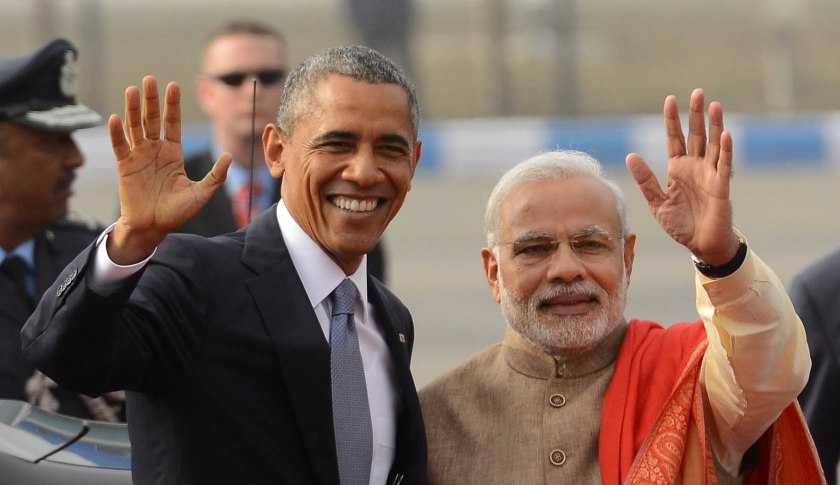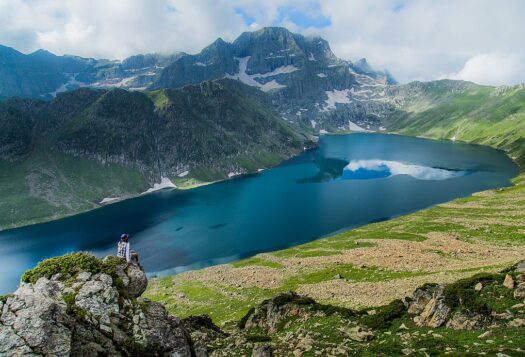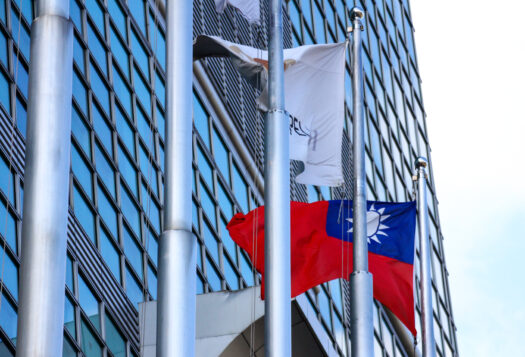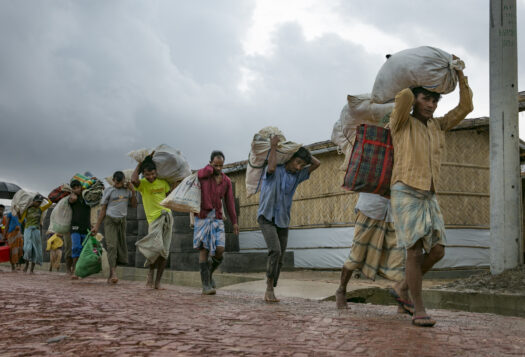
Even as the average Indian citizen celebrated Barack Obama’s victory in the 2008 presidential contest, those in policy circles raised some concerns. As a candidate, Obama had suggested that a priority of his administration would be resolving the Kashmir dispute between India and Pakistan, an issue New Delhi considers strictly bilateral. Some were apprehensive that this meant a return to the American practice of hyphenating India and Pakistan, a policy reality at different points of the Clinton years. However, Obama proved them wrong. Except for a short period, he
Obama Reaches Out
The United Progressive Alliance (UPA) government, led by Congress, and the Obama administration began on a reasonably sound footing. Obama invited then-Prime Minister Dr. Manmohan Singh for his presidency’s first state dinner. During his maiden visit to South Asia, the American president visited India but not Pakistan, in spite of this being fairly common practice. Obama also avoided mention of the Kashmir issue during this visit, even though it was experiencing serious tensions. Instead, he focused on shared democratic values, reiterating that the United States’ relationship with India was “one of the defining partnerships of the 21st century.”
At the end of UPA’s second term, however, there was a significant drift in ties. The 2013 arrest of an Indian diplomat in New York brought the relationship to a new low. A number of factors contributed to this decline, mainly slow progress on the civilian nuclear deal due to differences on liability issues, and divergence on important foreign policy issues like Afghanistan and Iran. There also seems to have been a feeling in New Delhi that the Obama administration was not as sympathetic to India as George W. Bush’s. While Washington probably worried that Singh had lost political capital as he was nearing the end of his term. The slowdown in the Indian economy did not help matters either.
The Modi Years
Prime Minister Narendra Modi, Singh’s successor, helped turn around the slump in the relationship, meeting Obama on several occasions. The two democratic leaders have benefited from a spirit of camaraderie, making progress on complex issues. Of these, the most significant is the civilian nuclear deal. While the UPA government and the Obama administration were not able to move past disagreements related to the accord’s stalled implementation, Modi and Obama overcame differences and announced a “breakthrough” in January 2015.
Additionally, President Obama is the first U.S. president to make two visits to India, including one as chief guest for the Republic Day parade. This merits attention because India uses its selection for Republic Day chief guest to signify strategic importance. Interestingly, in the 1990s, PV Narasimha Rao had invited Bill Clinton to attend the parade, but the latter declined. Though Clinton’s inability to attend was attributed to the parade clashing with his State of the Union address, the fact is that there were major differences on important issues including Kashmir, and India’s economic might was nowhere near what it is today.
Asia Pivot and the India-U.S.-Japan Trilateral
In recent years, Indo-American strategic cooperation has gone beyond symbolic gestures, and for the first time, the United States and India pledged to work together on issues such as the South China Sea, with language to that effect in both the September 2014 joint statement and the January 2015 statement on Joint Strategic Vision for the Asia Pacific and Indian Ocean Region. China has been upset at the mention of the South China Sea during these meetings. To add to China’s consternation, India, the United States, and Japan have also begun trilateral naval exercises, and the first formal trilateral ministerial dialogue among the foreign ministers was held last year in New York. This is not only Obama’s doing though—earlier U.S. administrations have pushed for a larger involvement from India in the region, but there was reticence from New Delhi. However, under Modi, India’s foreign policy in Asia has become bolder. He has been unequivocal about giving a decisive push to India-Japan ties, and has been assertive about increasing India’s presence in Southeast Asia, through the Act East Policy, much to Washington’s pleasure.
Final Grade
Obama’s legacy in South Asia will be that he solidified the U.S.-India strategic relationship by finding common ground on issues such as the South China Sea and trilateral ties with Japan. However, in the current global environment and within South Asia in particular, an American President cannot single-handedly dictate the course of events. Modi’s political capital and his willingness to engage with the United States, especially economically, have equally contributed to the relationship’s upward trajectory. In any case, irrespective of the political dispensation in Washington or New Delhi, the commercial and strategic convergences in the relationship have reached a stage where it is tough to dial them back, as evidenced by the nearly 50 bilateral dialogues between the nations. While there may be phases where there are no big-bang changes, incremental progress is bound to happen. For India, Obama’s time in the White House may not have been as historic as that of George W. Bush, but it will be remembered favorably.
***************
Editors’ note: Last week, President Obama kicked off his final year as president with the annual State of the Union Address. The speech seemed an auspicious time to ask questions about the President’s legacy, and for the current group of SAV Visiting Fellows to reflect on the consequence of American policies in South Asia during this period. In this four-part series titled “Obama’s Legacy in South Asia,” Hamzah Rifaat will explore the Obama administration’s drone policy in Pakistan’s tribal areas—Did they stop terror, or did they fan the flames of extremism? Or maybe both? Aditi Malhotra‘s article will examine U.S. efforts in Afghanistan and their impact on regional stability. Amina Afzal will be writing from Pakistan on whether the Obama administration tilted towards India, especially in the nuclear realm. And finally, Tridivesh Singh will look at whether President Obama was able to dehyphenate U.S. policy towards India and Pakistan, and what the rebalance has meant for South Asia.
Hopefully these articles will contribute to a vigorous debate in India, Pakistan, and Washington, D.C.
***
Image: The India Today Group, Getty


